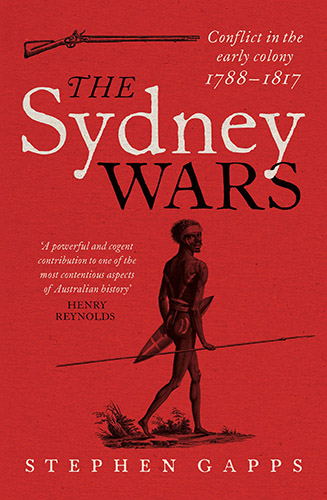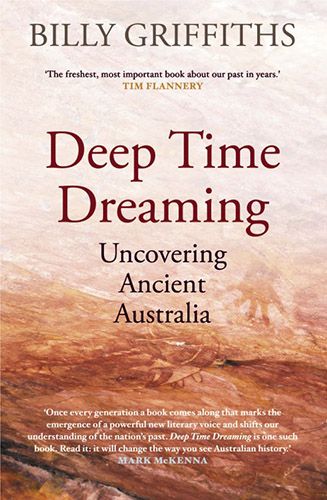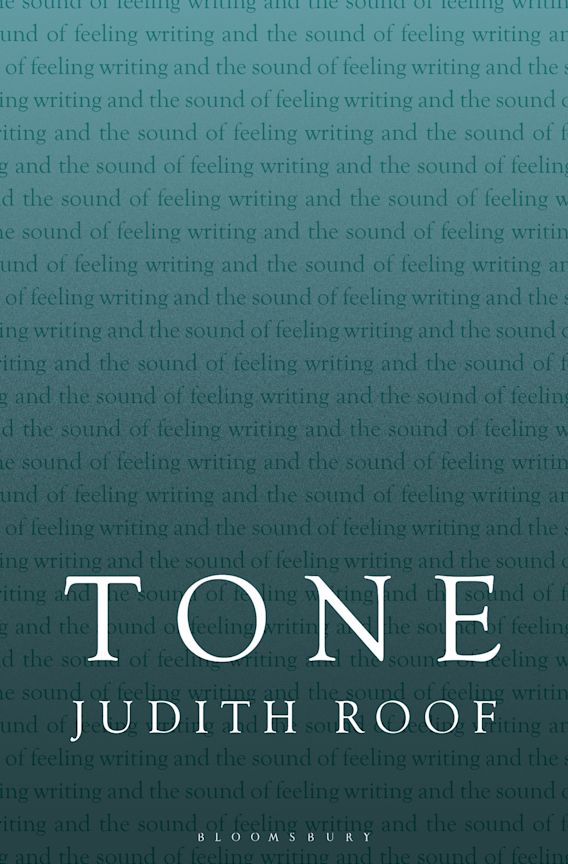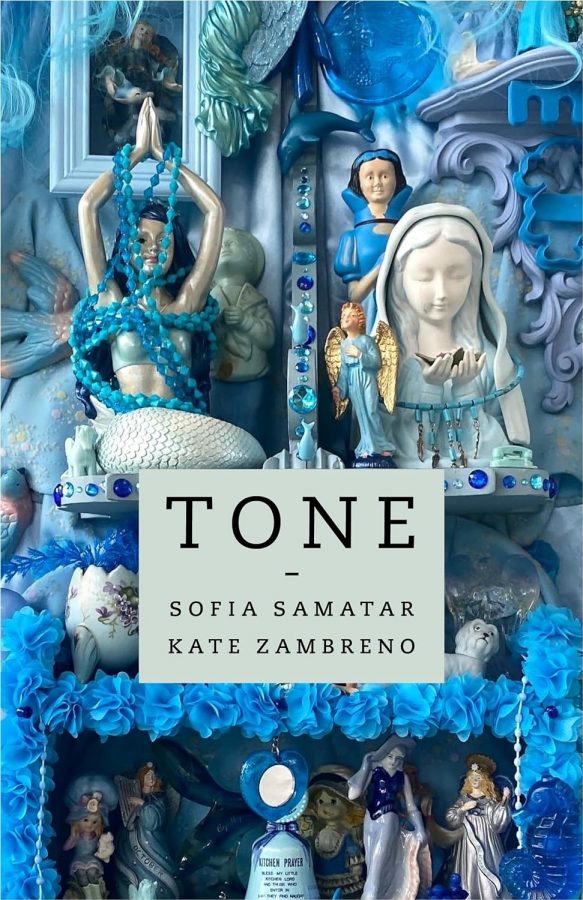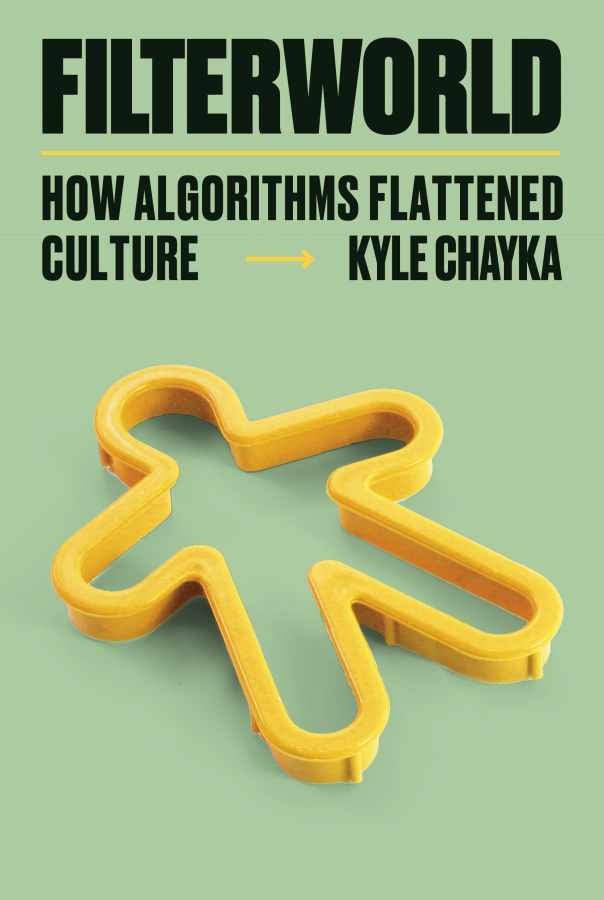Something about Australia’s settler-colonial foundations is getting in the way of its future somehow. I write this, watching humpback whales jump and twist off the New South Wales south coast, swimming somewhere this side of the line where the continental shelf drops away to deep ocean. It is a 15-minute walk through the spotted gum forest to shell middens that date back to the last great rise in water levels, flanking a lagoon that carries its Djirringan name but whose surrounding lands were expropriated before 1900.
Just what that something and somehow are I do not feel competent to spell out in full. They are a shared something and somehow, just as being descended from one or more of Australia’s First Nations or being an Australian descended from none of them are shared. Like them, the something and somehow are more complex than any one view, or any one collection of views, is able to comprehend.
The impossibility of any one pundit fixing the problem is not an alibi for anyone failing to engage with it, though. Paying attention to people who discuss this situation thoughtfully and in good faith, the something and somehow clearly demand we combine to reimagine Australia’s past.
Last year’s Uluru Statement from the Heart called them ‘truth’. Australia’s truth needs Aboriginal and Torres Strait Islander voices, and those voices are calling for non-Indigenous listeners:
We seek a Makarrata Commission to supervise a process of agreement-making between governments and First Nations and truth-telling about our history.
In 1967 we were counted, in 2017 we seek to be heard. We leave base camp and start our trek across this vast country. We invite you to walk with us in a movement of the Australian people for a better future.
Viewed another way, Australia – both the Commonwealth of Australia and the living community of Australia – is constituted on fundamental mistruths about the history of this continent’s human inhabitation. Truths easy enough to find out remain unpublished. Truths widely known before 1850 were removed from public knowledge over the next 100 years. Truths about the history of colonial expropriation and violence are spuriously contested, when even the perpetrators were once explicit about them.
We do no injustice to the Uluru view if we note that it offers a strong measure of idealism about this truth. ‘No one has ever doubted that truth and politics are on rather bad terms with each other,’ as Hannah Arendt began one of her most quotable sentences. When the erstwhile prime minister Malcolm Turnbull quashed the policy agenda arising from Uluru, he stamped his agreement to its other half: ‘and no one, as far as I know, has ever counted truthfulness among the political virtues.’
Greg Melleuish disavows assumptions that history can resolve any contentious matters of fact, sufficient to be effective in the public domain:
I do not find the idea that ‘we’ need to use history to save our past in order to redeem our present a very attractive notion. Nor am I drawn to the idea that we can reveal a ‘History’ which is the Truth and which can be used in the present for political purposes. Such notions strike me as constituting a form of theology rather than a proper use of history.
Against such lariness, Uluru insists on the essential premise of those truth and reconciliation movements the world has seen emerge in postcolonial crises such as South Africa, Northern Ireland, and Canada: that a tenable long-term future can only come when societies can recognise the good faith testimony of all who have experienced injustice, and when the oppressors or their inheritors can acknowledge the injustices done for their interests.
Hence, we see there is a premium on the ‘truth and reconciliation version’ of truth-telling in government apologies such as Kevin Rudd initiated in 2007, in speeches of acknowledgement such as Paul Keating gave at Redfern Park in 1992, in judicial inquiries such as the Ronald Wilson inquiry into the Stolen Generations, in substantive law reform such as the 1993 Native Title Act, and in post facto treaties such as the governments of Victoria and the Northern Territory are now pursuing. In other countries it extends to establishing truth and reconciliation commissions, to legal penalties and amnesties for perpetrators, and to large-scale regimes of compensation and recognition for survivors of trauma and their families.
It all looks expensive. Not as expensive as the new arms race, say, or ‘processing’ several hundred refugees indefinitely in offshore concentration camps, but expensive enough for people who worry about expensive things.
Except the ethical core of it is not particularly expensive. The truth-telling itself, a vein of fact-finding and reappraisal that carries political theory and cultural studies as much as it carries history, can largely be done with existing resources. The reasons not to do it are less material than political. Responding to correspondence on his Quarterly Essay, Mark McKenna observed a particular discomfort with this inexpensive element of the package: ‘merely to suggest we should acknowledge the brutality of Australia’s foundation was enough to make some Australians feel persecuted.’ It is valuable to acknowledge that recognising other and different people has its own kind of cost, in emotional labour, but that is not a cost that the unwilling are talking about.
McKenna’s observation has a strong ring of truth to it, but like all accounts it is only partially accurate. In focus group research that I have been involved with, non-Indigenous Australians living in rural communities and holding quite conservative political views are often strongly of the view that there is a bigger story of violence and expropriation waiting to be told, and that it behoves all Australians to help that story emerge — but there is a widespread unease about any redistribution of wealth or property rights that would flow from any such truth-telling. There are ears ready for listening, apparently, but without any purse-strings attached.
Arendt’s moral vocabulary is apposite again—this quote could easily be the voice of Noel Pearson:
Is it of the very essence of truth to be impotent and of the very essence of power to be deceitful? What kind of reality does truth possess if it is powerless in the public realm, which more than any other sphere of human life guarantees reality of existence to natal and mortal men – that is, to beings who know they have appeared out of non-being and will, after a short while, again disappear into it? Finally, is not impotent truth just as despicable as power that gives no heed to truth?
Into such questions emerge two new books, not especially alike in style or details, but both very much marketed at the truth-telling turn in non-Indigenous Australian scholarship about the Aboriginal past.
Stephen Gapps offers in The Sydney Wars an account of hostilities in and around Sydney from January 1788 until 1817 that draws out the young colony’s understanding of the violence and, to a lesser extent, the evidence of understandings among those First Nations of the Sydney area. It is essentially a military history, as its maps alone make clear, the sort of work that might inspire strategy gamers for long to come. For people who want to follow the buildup of troops and weapons, the marches and the encounters, Gapps has delivered abundantly on the British side and clearly also advanced our understanding of the Aboriginal campaigns. It closes with a best-estimate list of casualties each year from 1788 till 1816 inclusive, which I suspect is going to be a popular reference tool.
What Gapps has put beyond reasonable doubt is that Sydney was at war throughout much of the colony’s first three decades. That was the action on the ground; it was a possibility that the Admiralty explicitly prepared for when equipping the First Fleet for Botany Bay; crucially, it was also the understanding of people living in New South Wales at the time. In Gapps’ words:
Early colonists – both military and civilian – recognised violent confrontation around Sydney as part of ongoing warfare, and many wrote about it as a war. Both sides adapted their weapons and tactics in response to those of the opposition.
If we already understood Van Diemen’s Land and the Queensland frontier as war zones, if we already knew the history of non-Indigenous frontier expansion up until the Stolen Generations was a sequence of strategies for genocide, Gapps makes it clear that it goes all the way to the source: the history of this continent’s colonisation since 1788 began with warfare.
The Gapps account tacitly invites speculation about some couldas, wouldas, shouldas. Absent the smallpox epidemic that killed huge populations within the First Nations after contact, it is not at all clear that NSW coulda resisted Aboriginal efforts to reclaim the country it had effaced, which were beginning to gather force in 1789. Governor Arthur Phillip clearly contemplated the possibility that Aboriginal nations would drive his colony back into the sea, but quite possibly the virus brought in his boats was the critical factor in protecting him from that fate. It is the very opposite of Wells’ War of the Worlds.
Billy Griffiths offers a history of Australian prehistory since the 1950s. Griffiths relates the inheritors of V. Gordon Childe as Australians with skills of archaeology and palaeontology, who applied them to this continent. Successive waves of their efforts have utterly transformed scholarly understandings about the duration and extent of human habitation in Australia, even if this has often been just to catch up with Indigenous knowledge about the same matters.
In 1957, John Mulvaney’s innovative use of radiocarbon dating showed clear evidence for Aboriginal settlement at least 5000 years ago. Thus, as late as 1960, even the most progressive archaeologists were holding to a date that was manifestly insufficient given the already-available evidence from Aboriginal oral traditions (extensively documented by colonists more than 100 years earlier). Stories about rising sea levels were so clearly aligned with information about the ending of the last glacial period that anyone who joined the dots could see continuity with a civilisation that was already well-established when the ice receded. But nobody in the academic research community had yet joined those dots.
Cultural scholarship is usually contentious, let alone the kinds of scholarship that infer knowledge about the deep past from limited and fragile sources, but points of scholarly consensus around the autochthonous culture of Australia before and during the transitional phase of European ‘contact’ and then European colonisation have emerged and joined over the last 60 years or so to form extraordinary history, a history that Indigenous narrative traditions were always inviting the non-Indigenous imagination to engage with. Australian civilisation is so very old, so efficiently productive, such a light touch on the ecology it has inhabited, so impressively responsive to and formative of a changing landscape through the advancing and receding of ice and continental change. As Griffiths characterises it:
To dream of deep time is not to dig in search of treasure; it is to seek to understand and revivify the human history of a place from the fragments that have survived the vicissitudes of time. It is an act of wonder – a dilation of the commonplace – that challenges us to infer meaning from the cryptic residue of former worlds. It is a scale of thinking that propels us into a global perspective and allows us to see ourselves as a species. It also asks us to respect the deep past as a living heritage and to recognise the possibilities and responsibilities it generates.
Just think: every seriously speculated moment for people’s first arrival in Australia has eventually been fulfilled, and the date of first arrival has extended by about ten millennia for each decade since the 1950s, up to the Uluru Statement’s deliberately conservative ‘at least 60,000 years’ of 2017. So why do public imaginations always stop at the last chemically proven dating? Bruce Pascoe suggests a 100,000 year timeframe—isn’t that every bit as plausible as 60,000, since every previous ‘proven’ date has also been superseded?
This continent’s is also a history of strife and of the contest to form worlds, from the waves of colonisation that inhabited an entire continent, then adapted time and again as it changed profoundly, through the formation of trade and cultural exchange systems that spanned at least hundreds of language groups, through the management of contact with other continents (how did that sulphur-crested cockatoo get to medieval Venice?), through to the seismic changes of European colonisation, with the wars and environmental traumas that phase has brought here. School students complain that Australian history is boring: this could only be true if adults were conspiring to keep its richness away from them!
Both Gapps and Griffiths have stepped into a current of academic truth-about-Australia that has steadily gathered strength since the second world war, whose origins in prehistory research Griffiths goes some way to set out. It is the telling of unrecognised or underrecognised truths. Thus, these books are faithful to the ideal of truth-telling that the Uluru Statement from the Heart has memorably called for, although it is only its slice of that ideal: white academics researching and writing for readers who are predominantly white academics, on matters where Aboriginal and Torres Strait Islanders – mostly not academics – have the greatest direct stake. As a white academic writing this review, I myself can hardly complain!
White-facing whites revising the whitewash; scholar-facing scholars trying to overturn the ‘great Australian silence’ of Stanner (white scholar), the ‘why weren’t we told’ of Reynolds (white scholar), with such systematic work as the massacre mapping of Ryan (white scholar), the source-weighing of Boyce (white scholar), the empathy-with-other of Clendinnen (white scholar): is it just turtles all the way to the bottom?
I think not, as partial as this picture undoubtedly is. At some point reconciliation must reach past the question of ‘of,’ to resolve its critical problem of ‘between.’ Reconciliation occurs between parties, and there are clear parties – Aboriginal and Torres Strait Islander peoples on one hand and all post-1788 Australians on the other – who may elect to cooperate in restumping this Commonwealth of ours. That is a future-facing endeavour, which may proceed a number of ways, but there seems no realistic way of doing the work – let alone of procuring the cooperation – without reappraising the history that has brought us to this point of decision. Failing to encourage the truth-tellers or failing to notice and circulate their truths necessarily means not investing effort towards that goal of reconciliation.
Within this picture, there is much to be done that only Aboriginal and Torres Strait Islander people can legitimately do. Striving for reconciliation means supporting that work and not getting in the way of it. Conspicuous in Grifffiths’ account are the prehistorians like Isabel McBryde, who take pride in training up and mentoring Aboriginal researchers. Their protégés’ efforts identifying eeltrap infrastructure, recognising cultural and religious sites, charting Aboriginal agriculture, and so on have added an enormously to the detail and complexity of a rapidly-expanding picture—the more so since the Australian Institute for Aboriginal and Torres Strait Islander Studies entrenched the principle that Indigenous researchers must lead Indigenous research.
Also within this picture, there is much to be done beyond academia. The scholars’ consensus may produce ever-more-breathtaking accounts of the human inhabitation of Australia, but their value is radically constrained to the extent that non-academic Australians receive so little of it. Why must Australian secondary classes study modern European wars and revolutions, say, ahead of the modern history of conflict in Australia? Why do many local museums show us the cattle and the irrigation works so earnestly, but not the stone tools that gardeners and farmers dig up or the evidence of languages and cultures that have survived immense pressures for annihilation?
And yet, for all the work that needs time and effort and resources, other than the time and effort and resources of non-Indigenous scholarship, the usual suspects in universities and museums still do have a meaningful job to do. Truth-telling means that liars who have political power need to stop and change their ways. Or stop and retire. They might not take either of these choices willingly. Scholars who will tell truth are helping to ensure that students and citizens are better able to recognise the truths that surviving people and cultures can bring.
I don’t think anyone still lives who can name all the passing whales in Djirringan – the once-thriving Yuin language, which would now take its devotees a huge job of work to revive. This week has seen a steady parade of humpbacks, as well as cameos from southern right whales, orcas, and dolphins. Their migration route is younger than human love and knowledge of this place.
